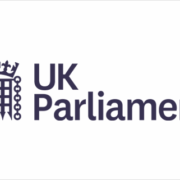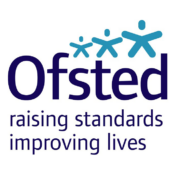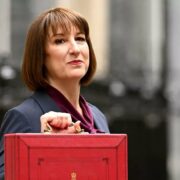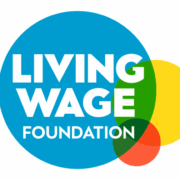NDNA News
of 6
NDNA safeguarding update: What the Chan case means for providers
The recent case of child sexual abuse within a nursery setting has sent shockwaves across the nat…
Read more 
Ofsted annual report: Childcare deserts and more babies in nurseries
The latest Ofsted annual report has been released, with Sir Martyn Oliver setting out that suppor…
Read more 
EYFS results: Children overall making better progress
More children are at the expected level of development and also more are making good progress, ac…
Read more 
Budget 2025: measures to reduce child poverty but little for nursery businesses
The Chancellor announced her Budget measures today which included an end to the two child benefit…
Read more 
Nurseries need funding boosted to pay statutory wage rises from April
The Chancellor announced increases to the National Living and Minimum Wages on Tuesday 25 Novembe…
Read more 
What nurseries need to know about DBS checks
When it comes to early years, keeping the children in your establishment safe is critical. That’s…
Read more 
Numbers of PVI nurseries increase for the second year running
Numbers of PVI nurseries increase for the second year running
According to the latest Ofsted sta…
Read more 
Former Chair of Trustees, Sarah Steel, receives OBE on her birthday
Wednesday 12 November marked a double celebration for Sarah Steel as she attended her investiture…
Read more 
Government Pulse survey shows most nursery costs higher than income
The latest Government Pulse survey of providers from 2024-25 showed that nurseries are still unde…
Read more 
Real Living Wage to rise by almost 7% from April
The Real Living Wage (RLW) is set to rise from April 2026 by almost 7%, increasing to £13.45 per …
Read more 
Big increase in percentage of children attending private nurseries in Scotland
New research published today (7 October) showed that more families in Scotland were choosing to s…
Read more 
Congratulations to Nursery World award winners
Many NDNA members were honoured at the annual Nursery World awards at the Brewery in London on Sa…
Read more 
NDNA Response to the Kido Nurseries cyber attack
NDNA respond to Kido Nursery cyber attack
Read more 
Scotland’s Childcare Guarantee calls for expanded funded hours
Pregnant Then Screwed Scotland has launched a new campaign: Scotland’s Childcare Guarantee. The c…
Read more 
Olivia Bailey and Josh MacAlister appointed as new education ministers
Olivia Bailey and Josh MacAlister have been appointed as the new junior education ministers
Read more 

Government must learn from first round of school-based nursery funding
Government must learn from first round of school-based nursery funding
Read more 
More than £65 million for childcare expansion not reaching providers
We have been approached by a number of nurseries where parents have had their Universal Credit Ch…
Read more 
EPI report: Absence rates are increasing among youngest children
We have been approached by a number of nurseries where parents have had their Universal Credit Ch…
Read more 
Parent template letter for Universal Credit
We have been approached by a number of nurseries where parents have had their Universal Credit Ch…
Read more 
Increases to national minimum wages cannot be unfunded in early years
The Low Pay Commission has announced that it is revising up its estimated increase in the Nationa…
Read more 
Government statistics on funded early education and childcare show ‘concerning’ trend
The Department for Education has published official statistics on ‘Funded early education and chi…
Read more 
Government publishes its strategy “Giving every child the best start in life”
Following a string of announcements since Friday and over the weekend, the Department for Educati…
Read more 
Government announces plans for 1,000 Best Start Family Hubs
Parents across the country have been promised more support to make family life easier as the gove…
Read more 
Two hundred new school-based nurseries will create 4,000 places
The Government has announced that almost 200 new school-based nurseries will open in September de…
Read more 
Growth in PVI nurseries but a drop in childminders – latest Ofsted statistics
The latest ofsted statistics shows there has been growth in PVI nurseries but a drop in childmind…
Read more 
Ofsted announces plan to strengthen inspections through new team structures
Following feedback from last year’s Big Listen and the recent consultation on inspection reform, …
Read more 
Sarah Steel former NDNA Chair of Trustees honoured with OBE
Sarah Steel former NDNA Chair of Trustees honoured with OBE
Read more 
Ofsted inspections will be confirmed in September
Ofsted inspections will be confirmed in September
Read more 
Chancellor’s spending review plans for the future, but sector needs investment now
Chancellor’s spending review plans for the future, but sector needs investment now
Read more 
Consultation on amending the indoor space requirements in the EYFS
Consultation on amending the indoor space requirements in the EYFS
Read more 


